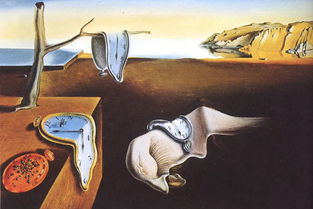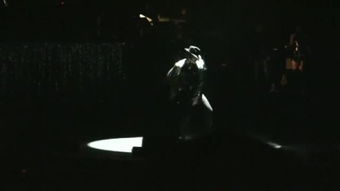The Art of Fishing: How to Perfectly Match Bait and Technique
Fishing, an age-old pastime, is not just about casting a line into the water and waiting for a bite. It's an art form that requires a delicate balance of skill, patience, and understanding of the elements involved. One of the most crucial aspects of fishing is the combination of bait and technique. In this article, we will delve into how to effectively match bait with the right technique to increase your chances of a successful catch.
Understanding Your Target Fish
Before you can choose the right bait, it's essential to understand the species you're targeting. Different fish have different preferences when it comes to food, and this knowledge can make or break your fishing experience. For instance, bass are attracted to shiny, moving baits, while catfish are more likely to be enticed by stink bait or earthworms.
Choosing the Right Bait
Once you've identified your target fish, the next step is selecting the appropriate bait. Here are some common types of bait and their ideal applications:
Live Bait: Live bait, such as minnows, worms, or leeches, is often the most effective choice. These baits mimic the natural prey of many fish species and can be highly attractive. However, they require careful handling to keep them alive and lively.
Artificial Lures: Artificial lures come in various shapes, sizes, and colors, designed to mimic the movement and appearance of real fish. They are a great choice for anglers who want to cover more water or fish in deeper waters.
Soft Plastics: Soft plastics, like worms, grubs, and tubes, are versatile and can be used in a variety of techniques. They are often scent-impregnated to enhance their appeal to fish.
Hard Baits: Hard baits, such as jigs, spinners, and crankbaits, are designed to create specific movements that attract fish. They are ideal for targeting species that are more visual predators.
Matching Bait with Technique
The choice of bait should be complemented by the right fishing technique. Here are some common techniques and how to match them with your bait:
Cast and Retrieve: This is a simple technique where you cast your bait out, let it sink, and then retrieve it back to the boat. It's ideal for using live bait or soft plastics.
Jigging: Jigging involves moving the bait up and down in the water column. This technique is effective for targeting bottom-dwelling fish like catfish and walleye.
Trolling: Trolling is a method where you move the boat at a slow pace while dragging your bait behind it. This technique is great for covering large areas and is often used with artificial lures.
Flipping: Flipping is a technique used in shallow water to present bait directly under the boat. It's effective for species like bass and panfish.
Perfecting Your Bait and Technique Combination
To truly master the art of fishing, it's important to experiment with different bait and techniques to see what works best in your specific fishing environment. Here are some tips to help you perfect your bait and technique combination:
Observe the Fish: Pay attention to how the fish are feeding. Are they actively chasing prey, or are they more passive? This can give you clues about the best bait and technique to use.

Adjust as Needed: If you're not getting bites, don't be afraid to change your bait or technique. Sometimes, even a slight adjustment can make a big difference.
Learn from Others: Talk to other anglers, read fishing forums, and watch instructional videos to gain insights into different bait and technique combinations.
Practice: Like any skill, fishing takes practice. Spend time on the water to refine your techniques and become more comfortable with different bait options.
In conclusion, the key to successful fishing lies in understanding your target fish, choosing the right bait, and using the appropriate technique. By combining these elements effectively, you'll be well on your way to becoming a skilled angler who can consistently catch fish. So, grab your rod, tie on some bait, and start exploring the art of fishing today!












